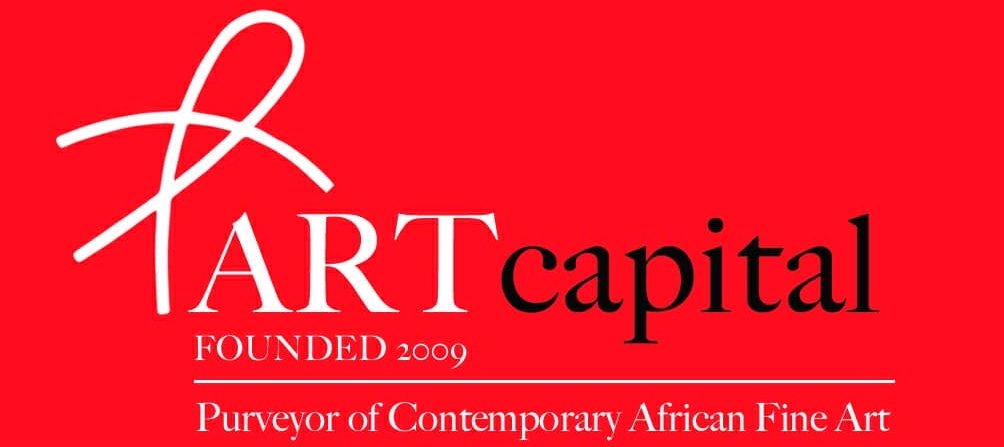By Nii B. Andrews.
Zohra Opoku is a Ghanaian artist who has achieved international acclaim through a practice that utilises photography, sculpture, textile design and installation.
Her art addresses the globalized social consumption and the commodification of almost all things African.
She deftly integrates her perspective of West African traditions and spirituality with the thread of family lineage – including her German parentage, to successfully construct and transmit a militant vision of self authorship.
The focus of her latest body of work titled THE MYTHS OF ETERNAL LIFE, is healing and transformation.

Extract from Chapter 78: “Going forth by day” logical conclusion/ An Ancient Egyptian Book of the Dead/ The Papyrus of Sobekmose
Series: The Myths of Eternal Life, Chapter IV, indigo dyed linen, Screenprint, hand stitched, embroidery, 2021.******
She takes her inspiration from the over 3500 year old Egyptian Book of the Dead which is one of the most sacred texts of the ancient world as it provides a guide or roadmap for the actions and behavior of the soul in the afterlife thus making it a vital repository for the profound religious ideas of Egyptian civilization.
The collages which constitute the series inform us of the journey between light and darkness; knowledge and ignorance; multiple shadows refer to affirmation and denial; life and death.
Charged hieroglyphs and symbols are juxtaposed with human and plant parts perhaps reminding us of tropes of the human spirit and consciousness.

Extract from Chapter 64B: Claim to have the ability to go forth An Ancient Egyptian Book of the Dead/ The Papyrus of Sobekmose
Series: The Myths of Eternal Life, Chapter I, 148x150cm, Screenprint on linen, cotton and canvas, hand threaded stitches, 2021******
But what some may interpret as plant branches in the screens could also well be neural networks which point to a flowering of thoughts; the flourishing of ideas and actions effected through the heads and hands that are often present in the series.
The brooding nature of Opoku’s screen collages also recall the sanitized narrative that in the year 1888, Dr. E. A. Wallis Budge, then purchasing agent for the British Museum, followed rumors he heard of a spectacular archaeological find in Upper Egypt, and found in an 18th Dynasty tomb near Luxor a perfectly preserved papyrus scroll which was a copy of the Egyptian Book of the Dead, written around 1500 B.C. for Ani, Royal Scribe of Thebes, Overseer of the Granaries of the Lords of Abydos, and Scribe of the Offerings of the Lords of Thebes.

Extract from Chapter 22: Declaration of power/ An Ancient Egyptian Book of the Dead/ The Papyrus of Sobekmose
Variations 3 + 2
Series: The Myths of Eternal Life, Chapter I, Var.2, 156,5x231cm, Screenprint on linen and vintage linen sack, hand threaded stitches, 2021*****
The screen series could also serve as a record of African history with its triumphs, days of glory and its lows and troughs; a yet unfinished story that from the beauty and sophistication of Opoku’s work we must conclude will end in a stunning victory granted by the Lord of Life.
This passage for example, ‘I have arisen from my egg which is in the lands of the secrets. I give my mouth to myself (so that) I may speak with it….I have come (so that) I may do what my heart desires in the Island of Fire, extinguishing the fire which comes forth”, coupled with the potent visual cues supplied in Opoku’s screen provide an assurance of the power of self determination to heal and transform.
The lofty thoughts transmitted by Opoku’s latest work should encourage us to cast a public vote for her; she is the only Ghanaian finalist for the Norval Sovereign African Art Prize.
******All images are shown here by the kind courtesy of the artist.
